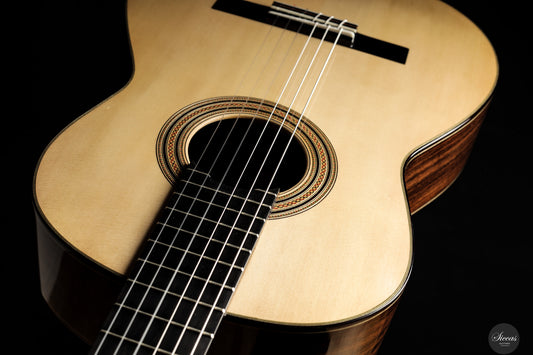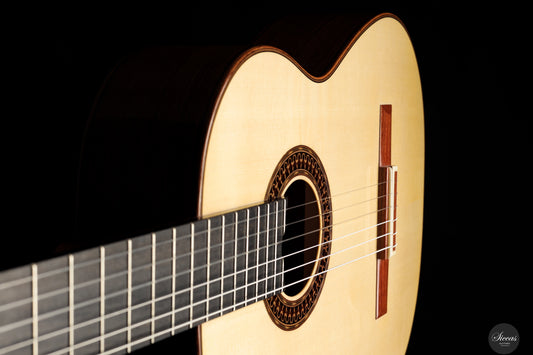Sold
Dominique Field - 2004 - No. 165
Dominique Field - 2004 - No. 165
Details
Details
Luthier:
Dominique Field
Overview
Overview
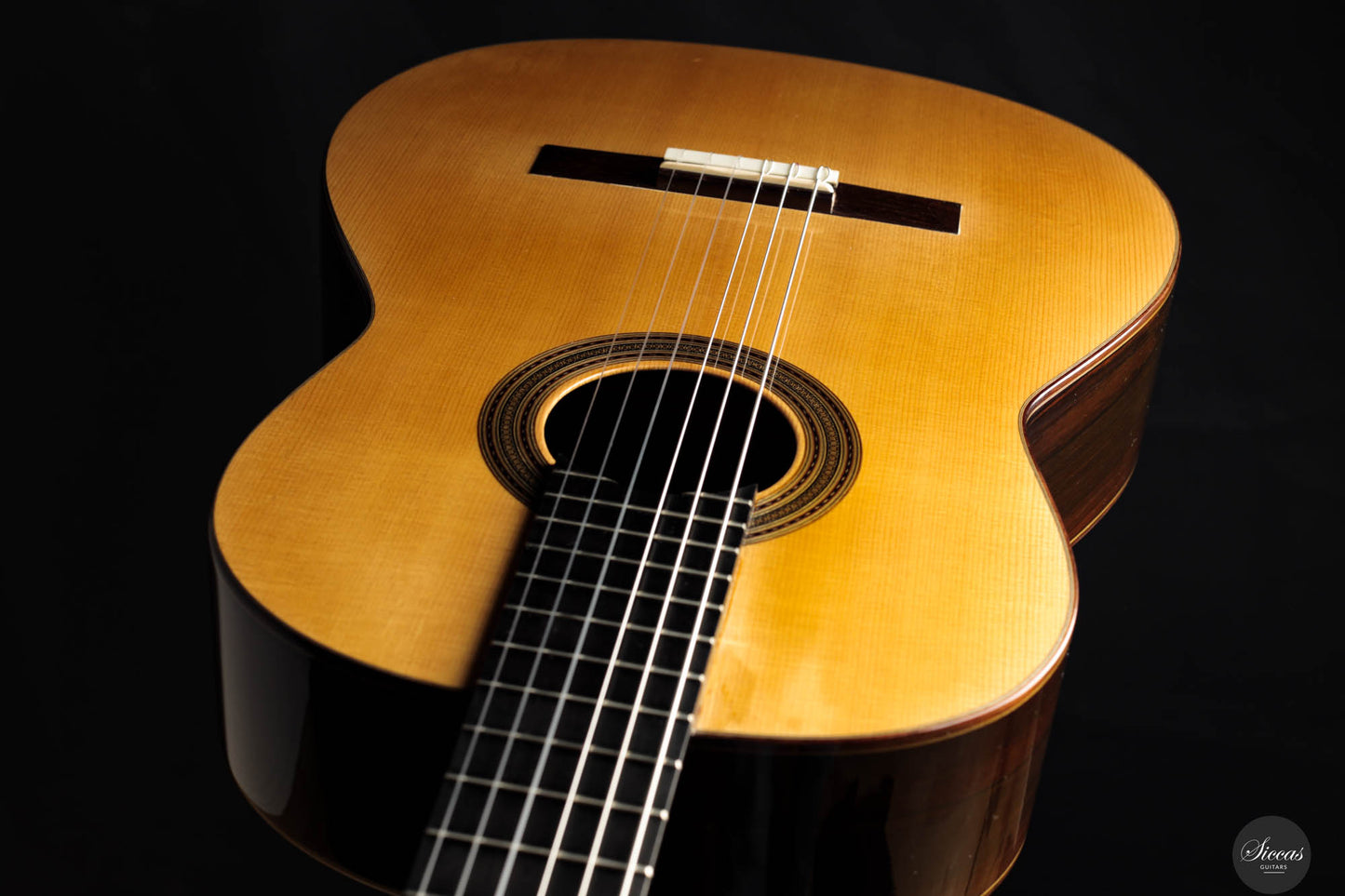

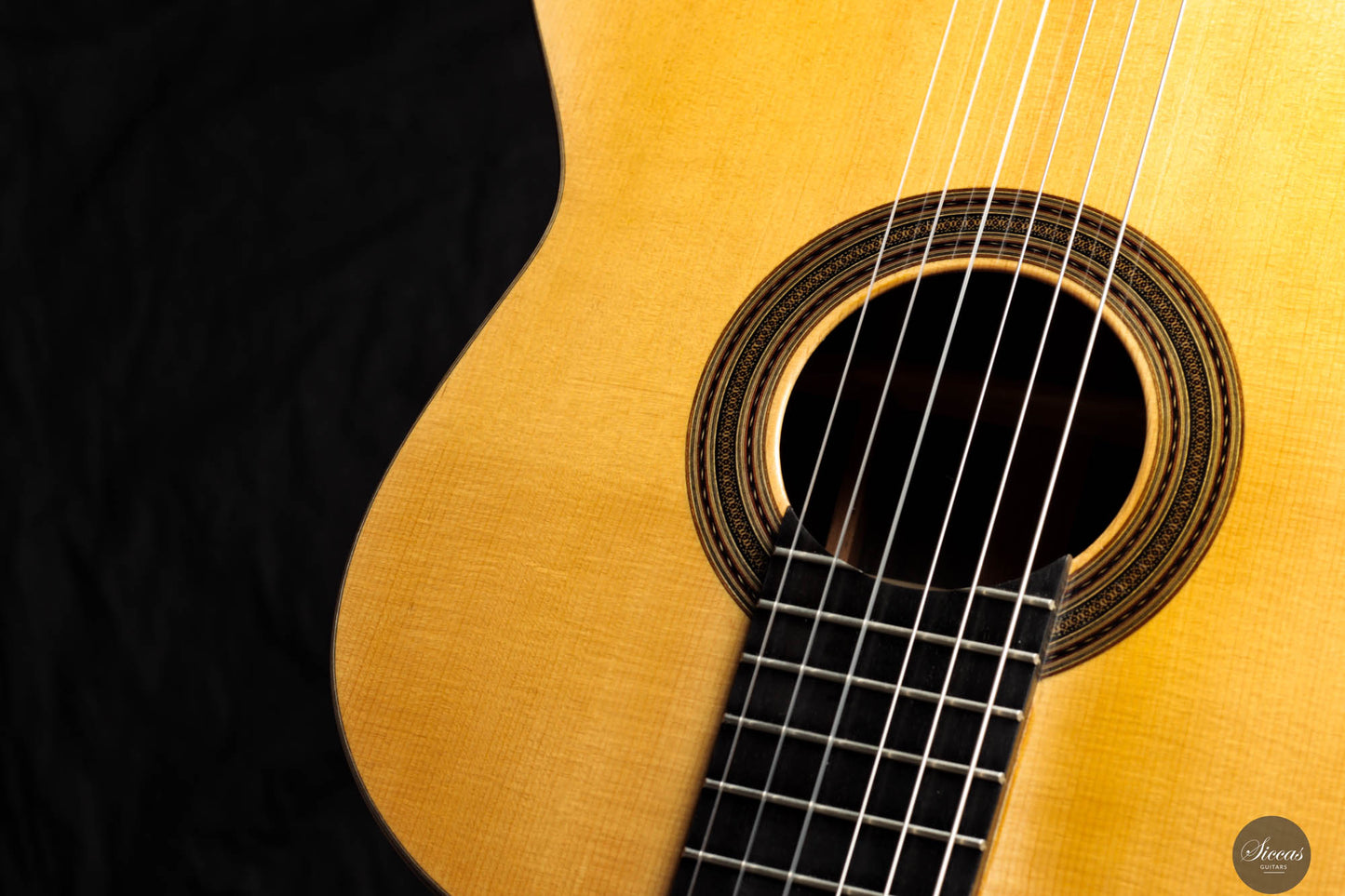




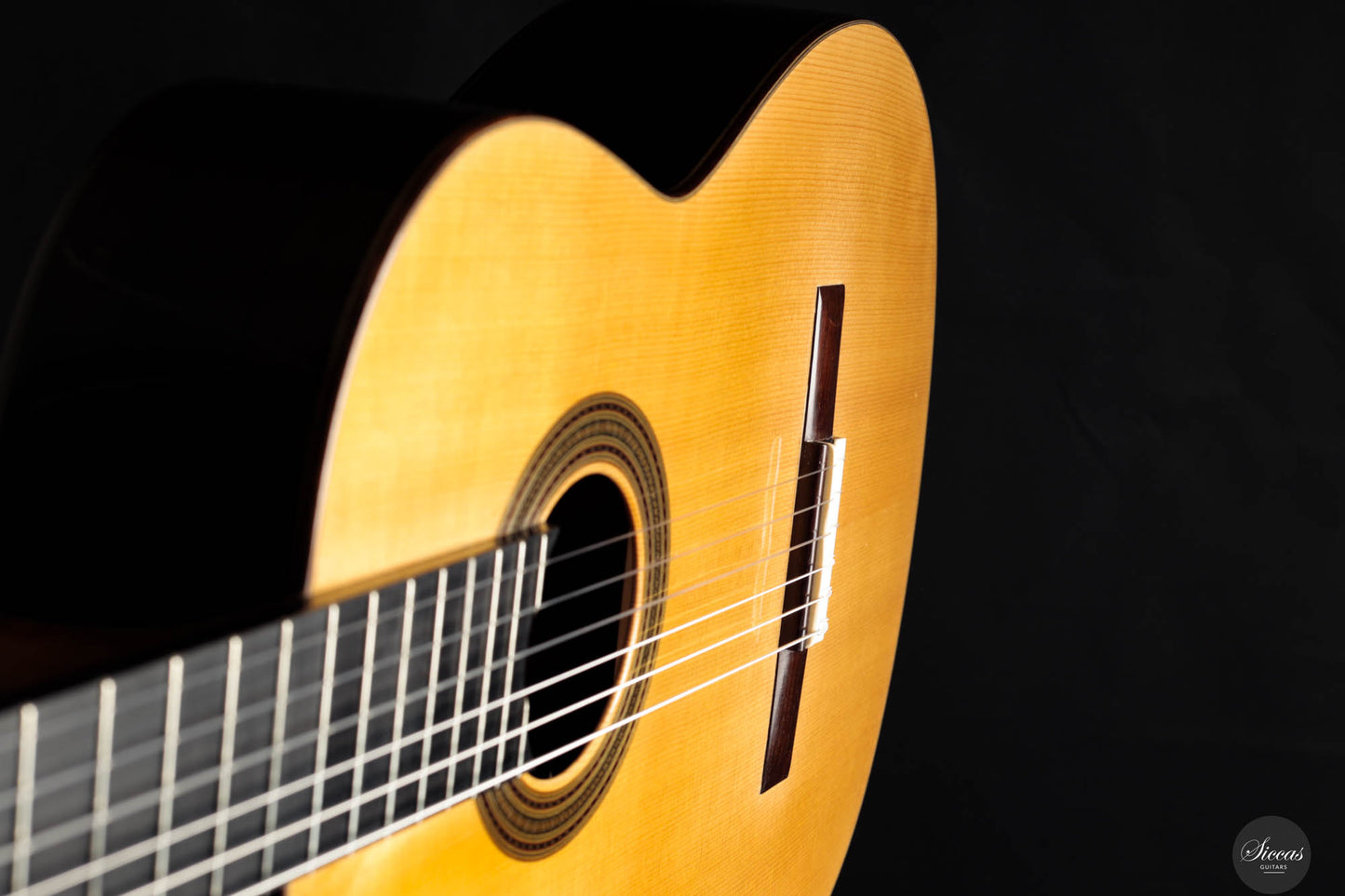
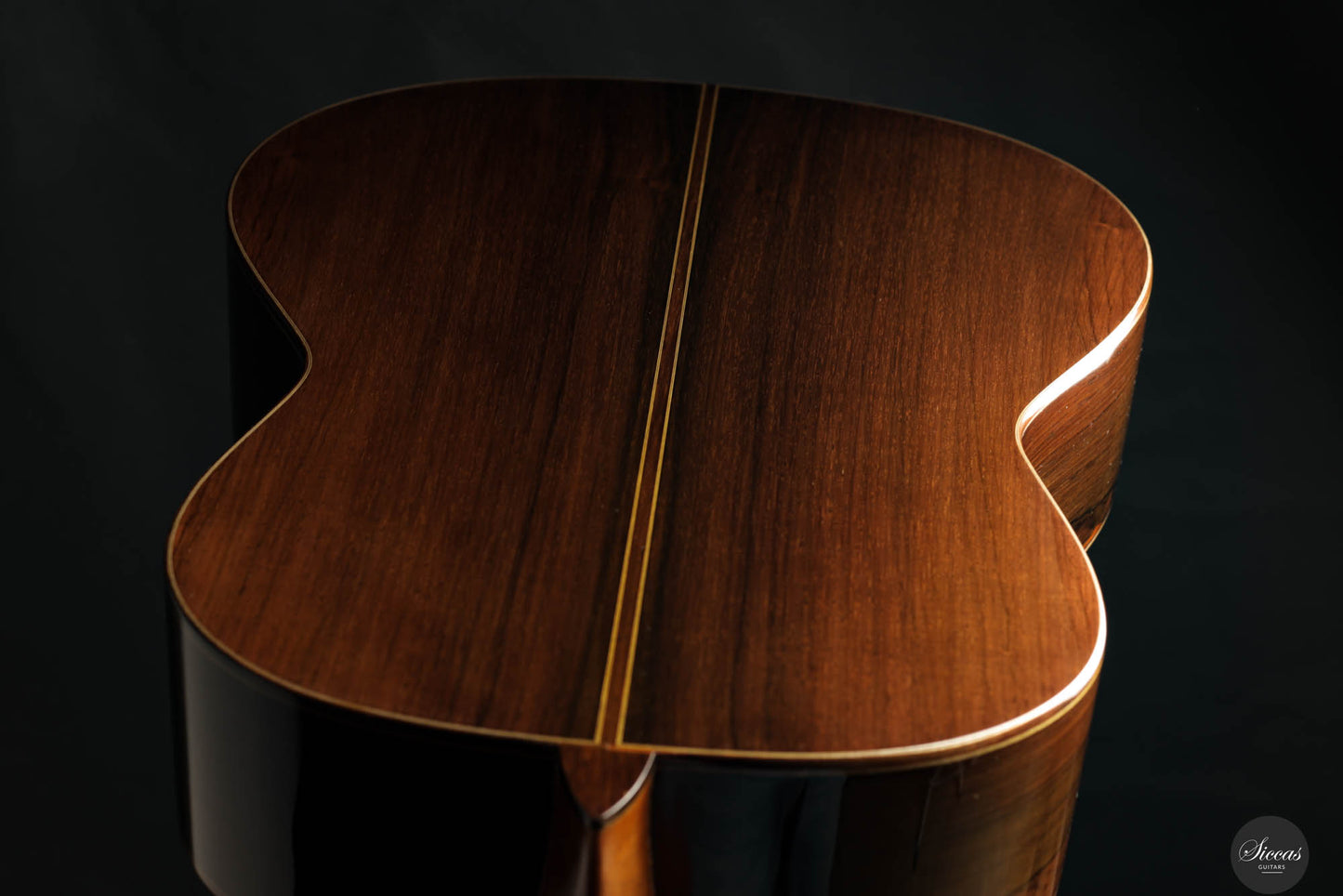
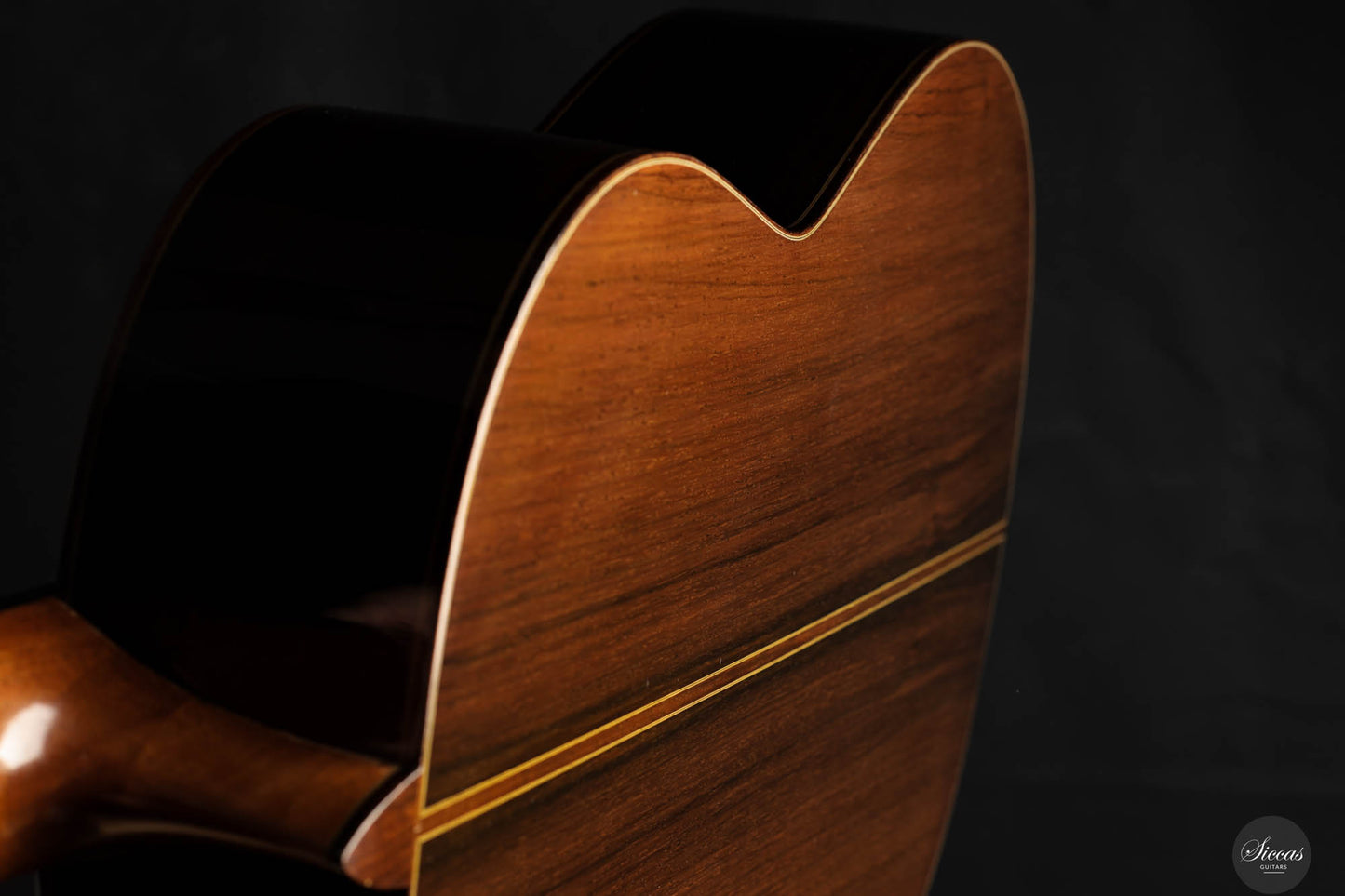
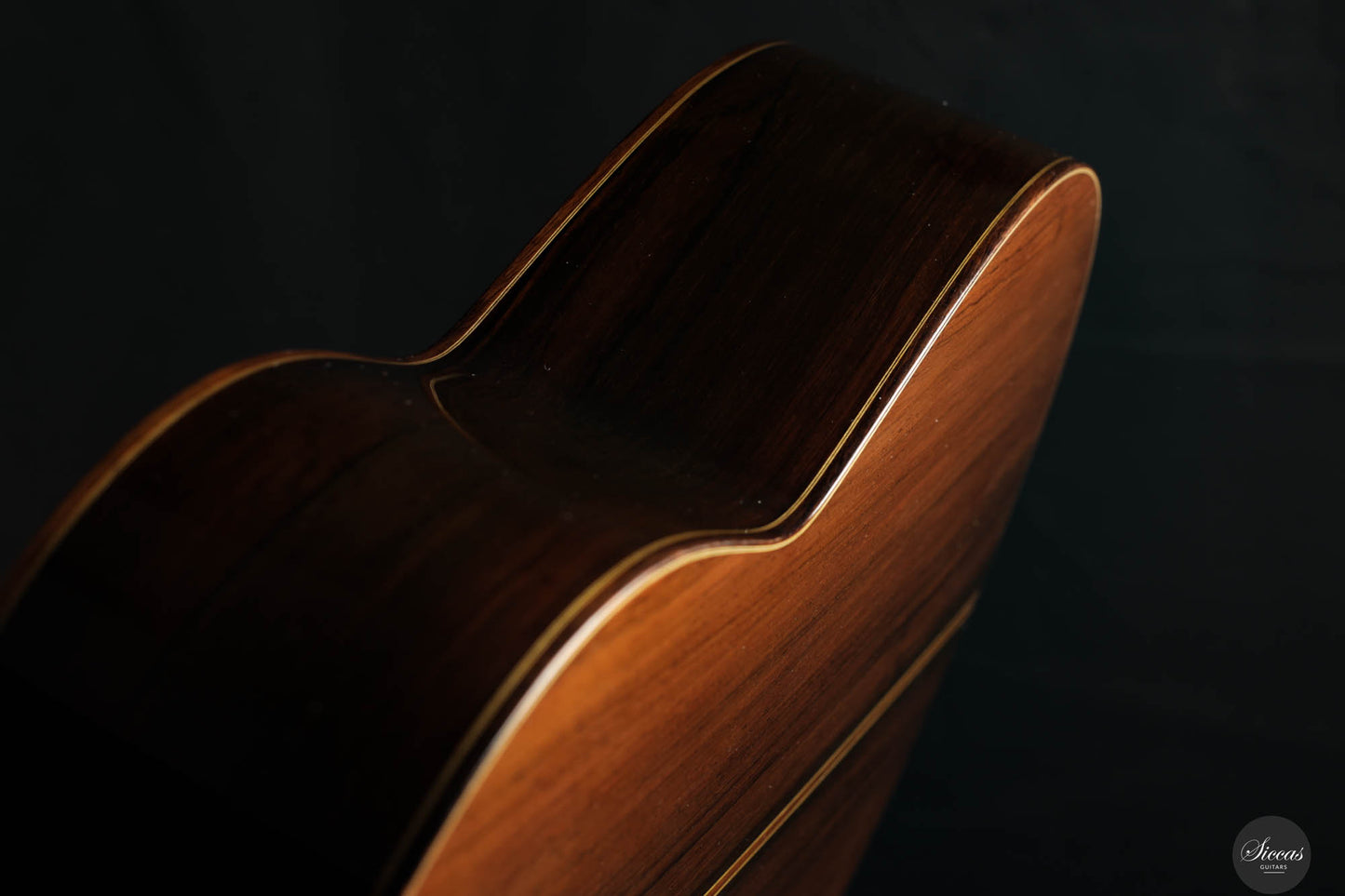
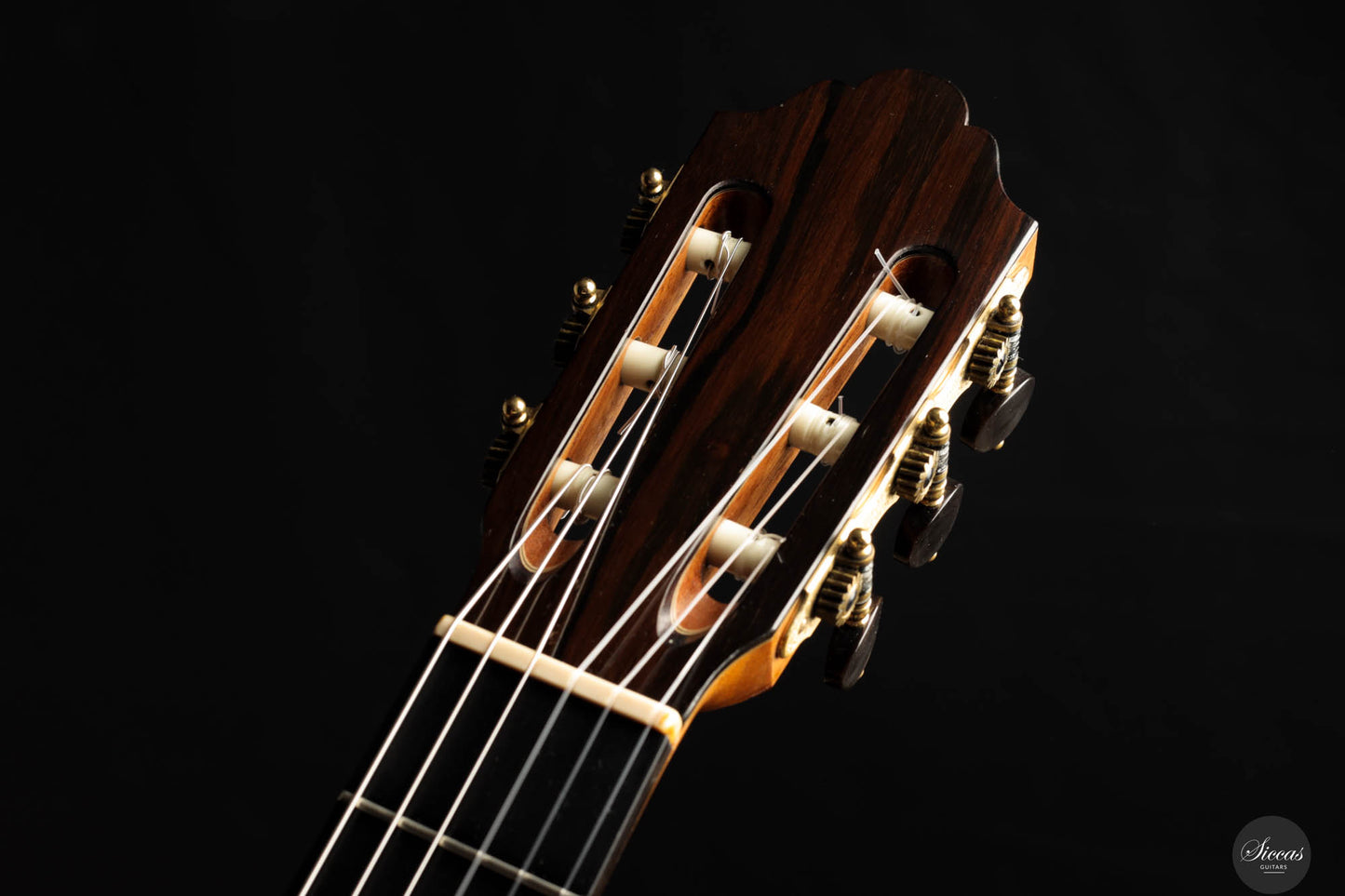
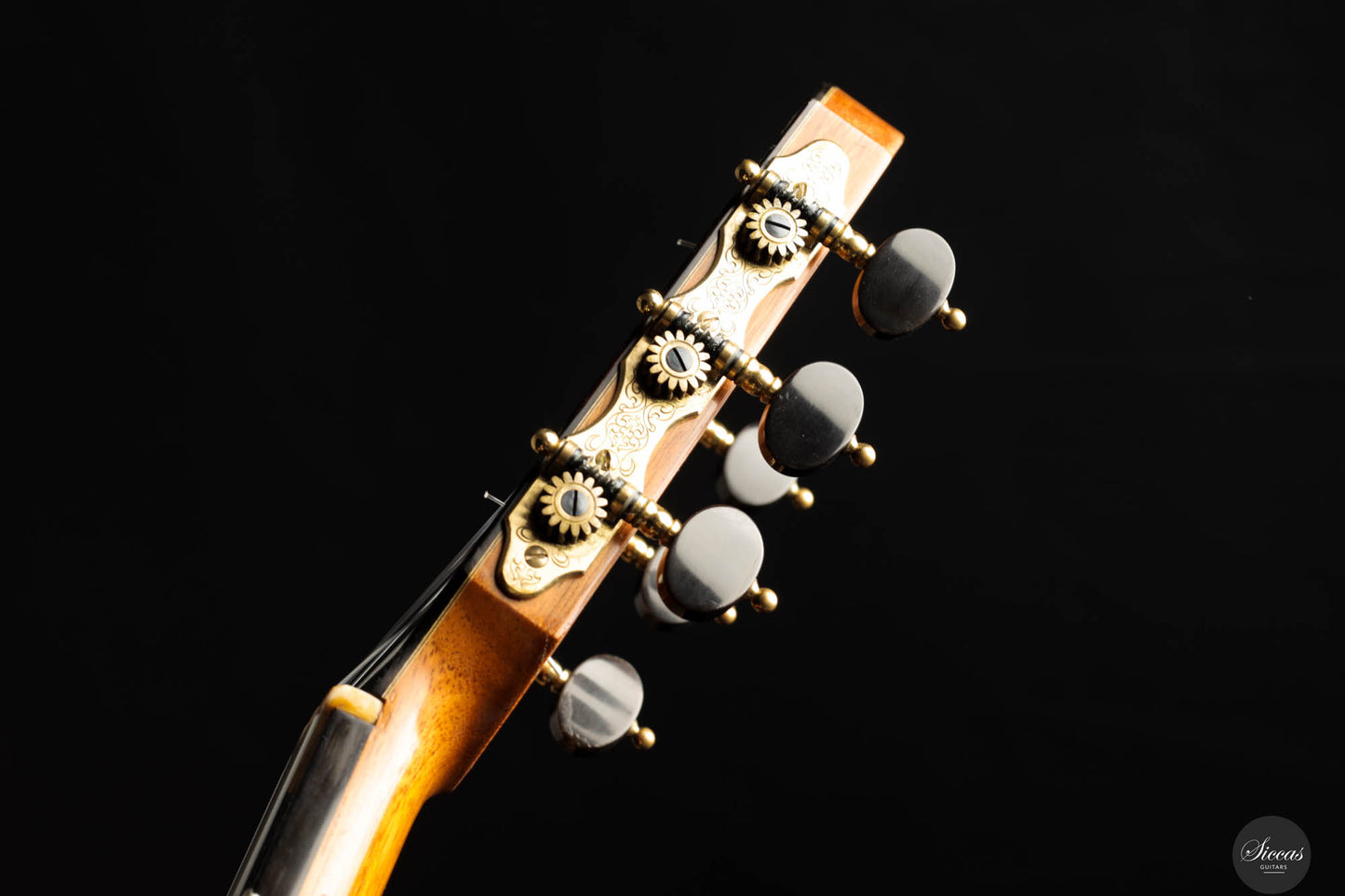
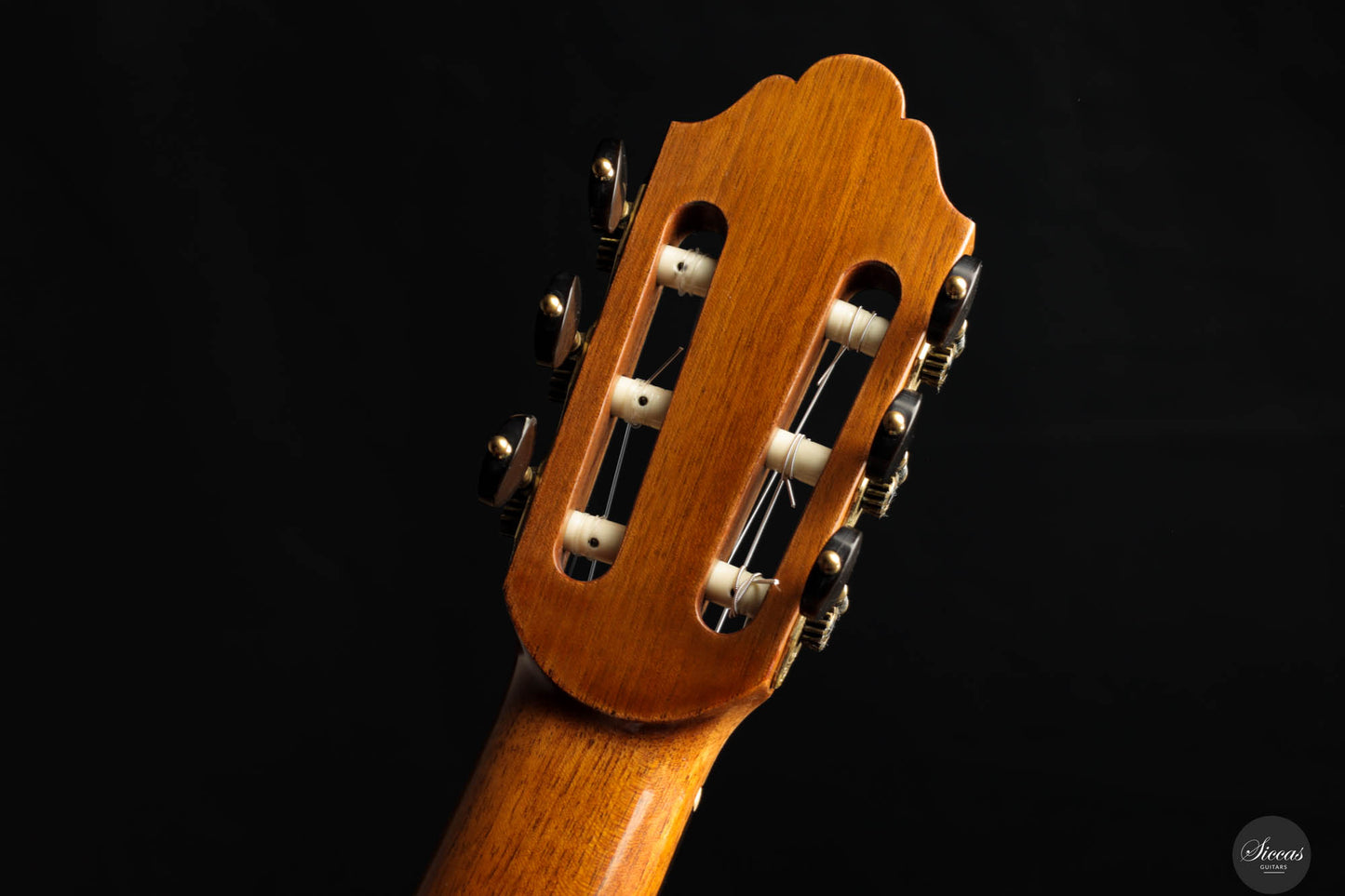

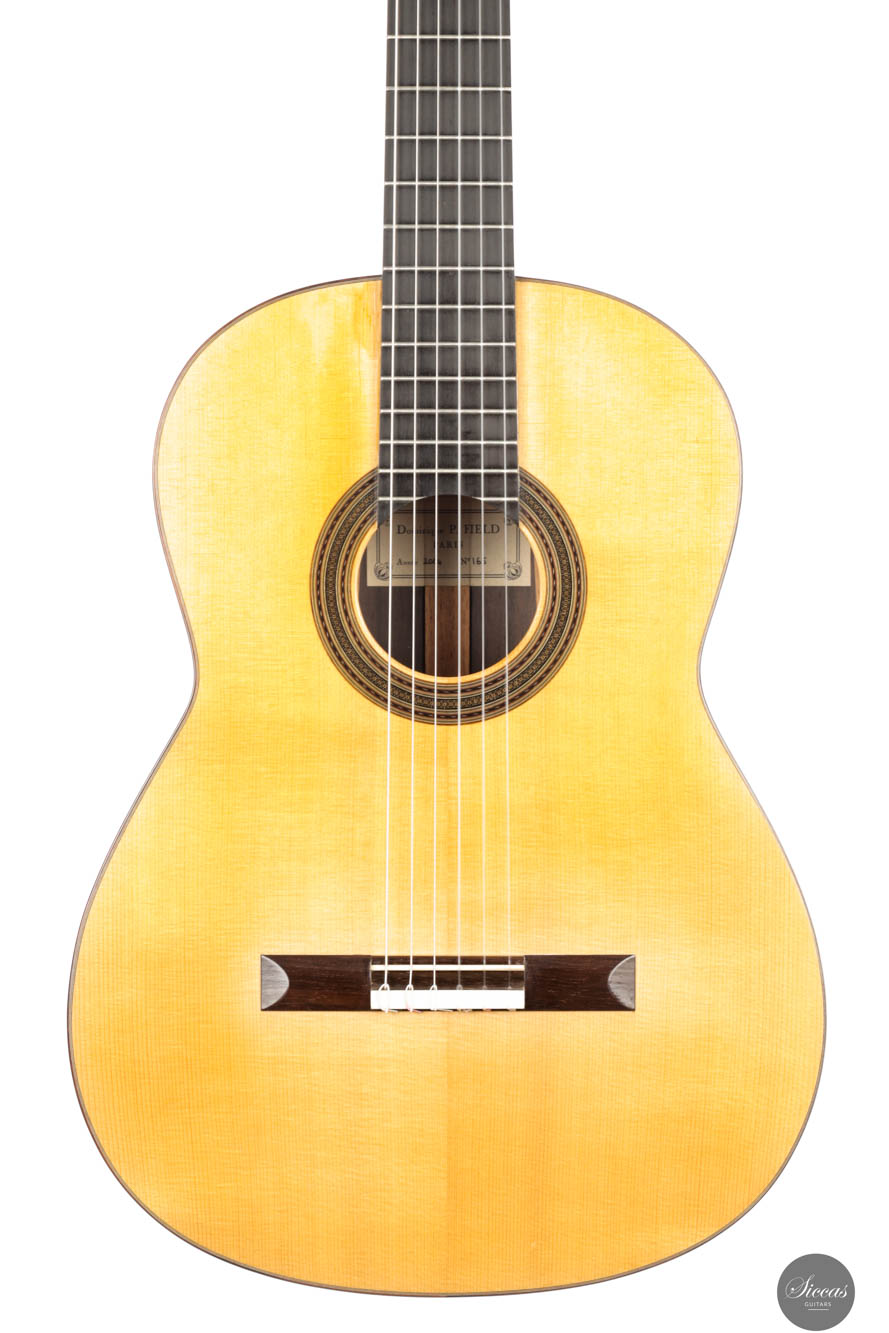

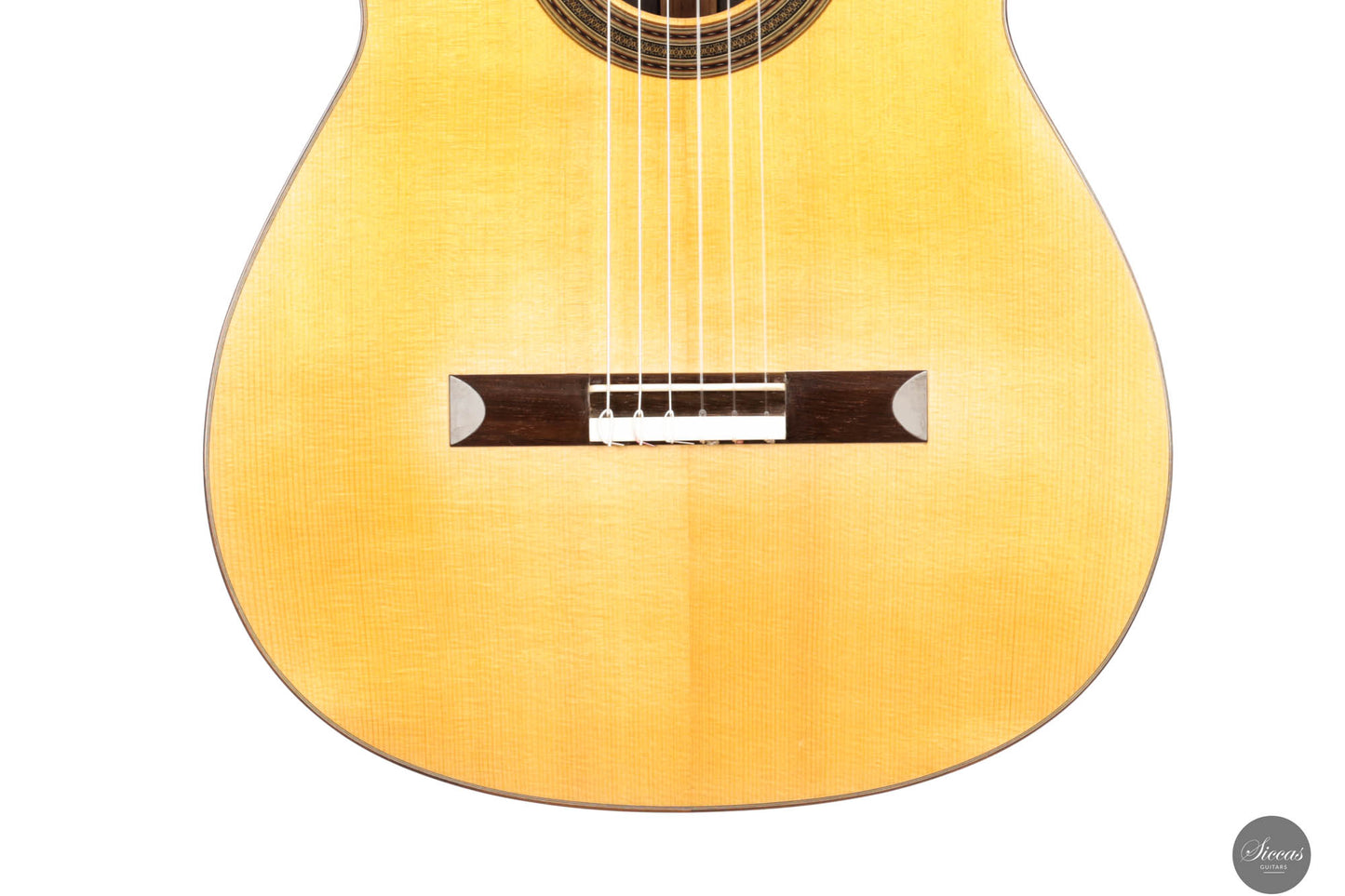





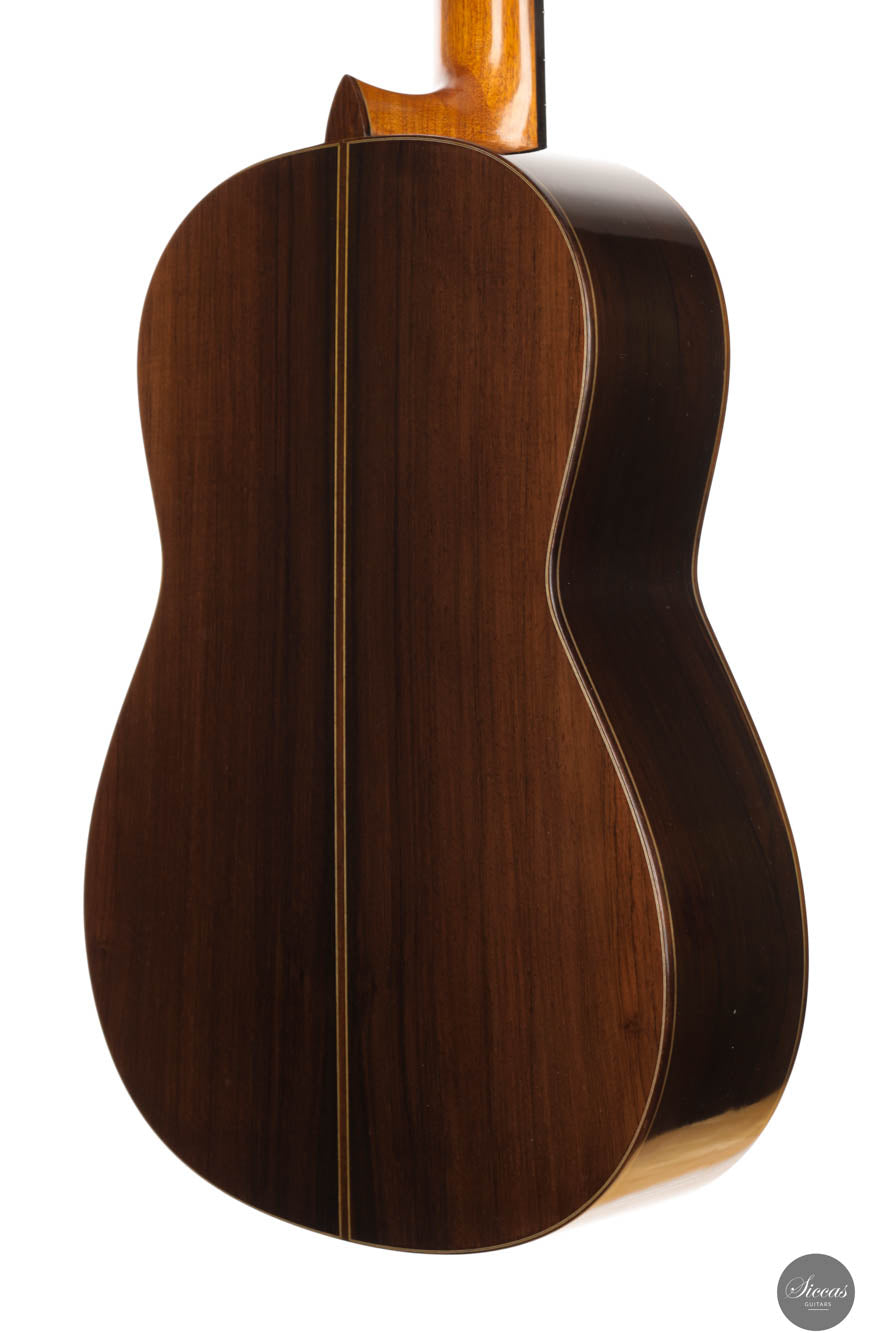
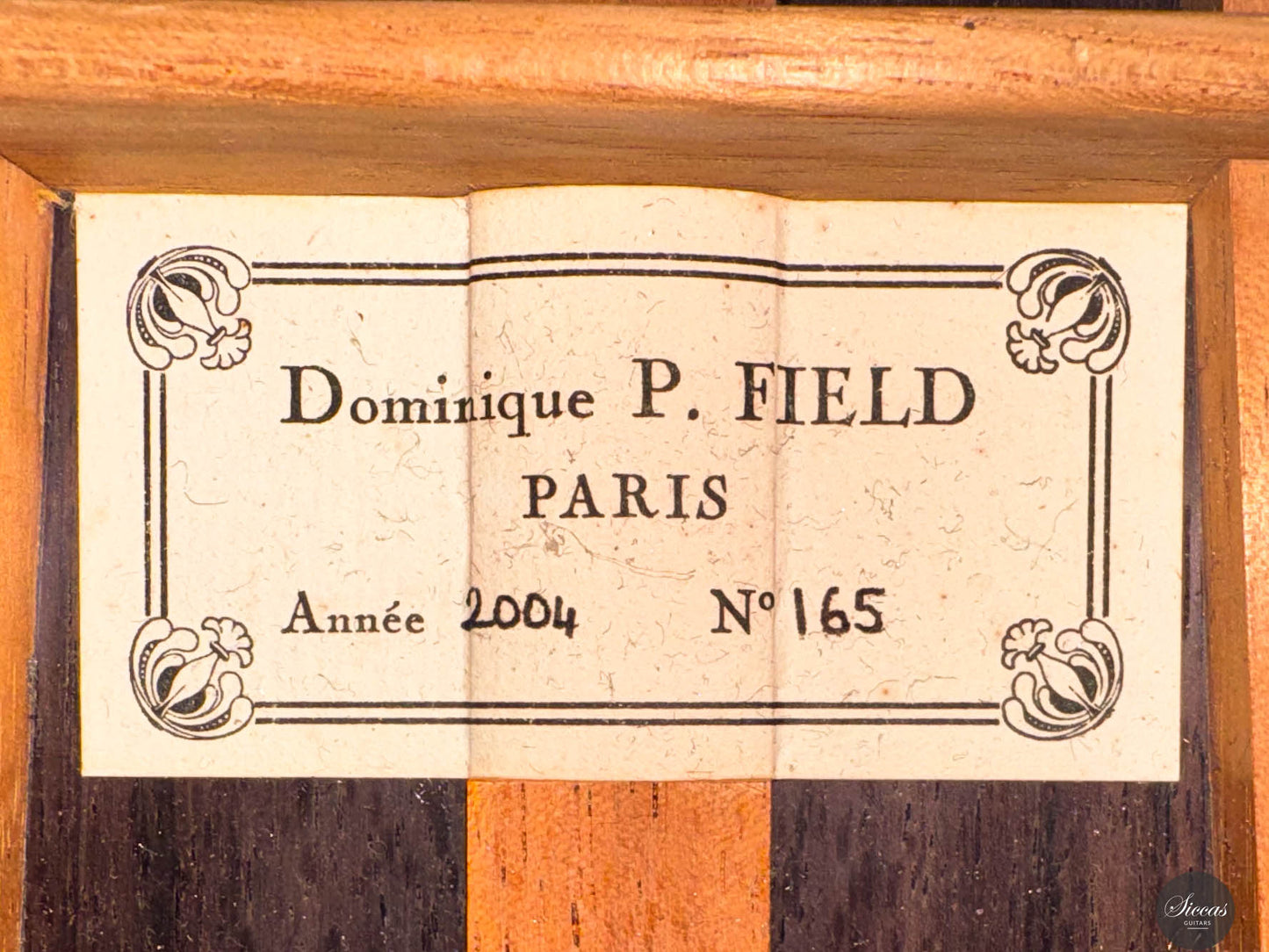
Video overview
Some text about the video block with SEO. Some text about the video block with SEO.


More details about the guitar
About the luthier
Dominique Field is a highly respected French luthier known for his exceptional classical guitars that blend traditional French craftsmanship with personal innovation. Born in 1954 in Boulogne-Billancourt, Field originally studied law before turning to music, studying classical guitar and solfège in Paris. His passion for guitar making emerged in the mid-1970s, and by 1978 he had opened his first workshop. Influenced by masters such as Hermann Hauser, Robert Bouchet, and Daniel Friederich, Field developed a unique approach to building guitars—emphasizing clarity, lyrical tone, and counterpoint. His close relationship with Robert Bouchet, including stewardship of Bouchet’s workshop notes, deeply shaped his path as a luthier. Field’s instruments have gained international recognition for their power, balance, and elegance, attracting top-tier concert guitarists and collectors worldwide. Starting in 1987, he expanded into the Japanese market and built guitars for prominent players such as Eduardo Isaac, Earl Klugh, and Scott Tennant. Field later moved his workshop to Athens in 2020, but his dedication to handcrafting fine classical guitars remains unchanged. Today, his instruments are not only praised for their sound but are also considered works of art, with long waiting lists from clients around the world.About the guitar
This outstanding instrument, built in 2004, exemplifies why Dominique Field is considered one of the finest contemporary luthiers. The guitar features a top-grade spruce soundboard and beautifully figured Madagascar rosewood back and sides, with every detail executed with elegance and precision. Sonically, the guitar offers everything expected from a high-end concert instrument: rich, focused basses, singing, sweet trebles, and an expressive, nuanced voice. The trebles have a unique bounciness, adding clarity and dynamic response, which also enhances the instrument’s playability. Instead of a full double-side construction, the sides are reinforced with internal ribs, increasing structural rigidity and contributing to the guitar’s excellent projection. The bracing system on the soundboard consists of five main fan struts and an oblique harmonic bar, a layout reminiscent of a simplified Fleta-style system. Between the soundhole and the bridge, there are also two thin, short braces, positioned between the five main struts. Moreover, a thin bridge plate can also be found. The guitar remains in excellent condition, with only a slight separation near the fingerboard on the treble side—a common and purely cosmetic issue that does not affect the performance or structural integrity. A refined and responsive instrument that reflects Dominique Field’s artistry, making it a compelling choice for the concert stage.
Otto Rauch is a German guitar maker from the small town of Obermoschel in Rheinland-Pfalz. With over 35 years of experience as a guitar maker, he is one of the German pioneers of double-top construction. After repairing a Matthias Dammann guitar in the early 1990s, Otto Rauch began building doubel-top guitars. At first, he used cedar struts and then a balsa core, a construction he continued to develop over the years. While helping a friend set up his violin making business, Otto Rauch came across the name of the 18th century Venetian violin maker Domenico Montagnana. His cellos are praised for their dark tone, fantastic sound volume and enigmatic construction. As these three attributes reflect Otto’s construction, he adopted the name, and the Domenico Montagnana model was born.







































































